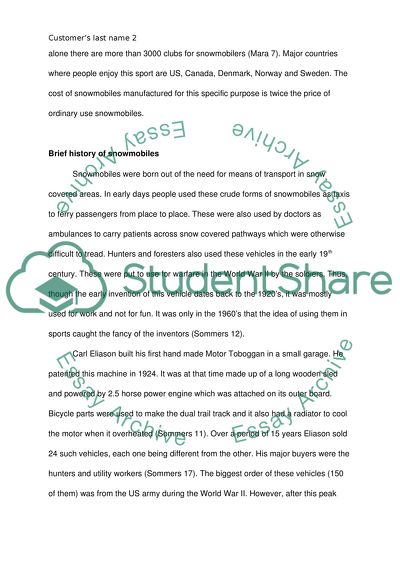Cite this document
(“Snowmobiles Research Paper Example | Topics and Well Written Essays - 2250 words”, n.d.)
Retrieved from https://studentshare.org/family-consumer-science/1406773-snowmobiles
Retrieved from https://studentshare.org/family-consumer-science/1406773-snowmobiles
(Snowmobiles Research Paper Example | Topics and Well Written Essays - 2250 Words)
https://studentshare.org/family-consumer-science/1406773-snowmobiles.
https://studentshare.org/family-consumer-science/1406773-snowmobiles.
“Snowmobiles Research Paper Example | Topics and Well Written Essays - 2250 Words”, n.d. https://studentshare.org/family-consumer-science/1406773-snowmobiles.


